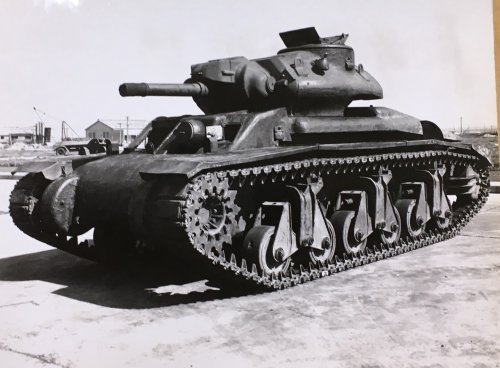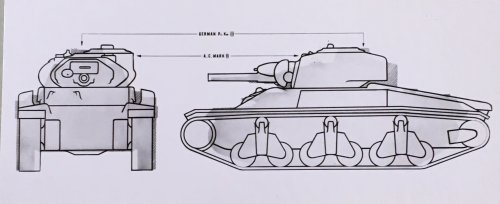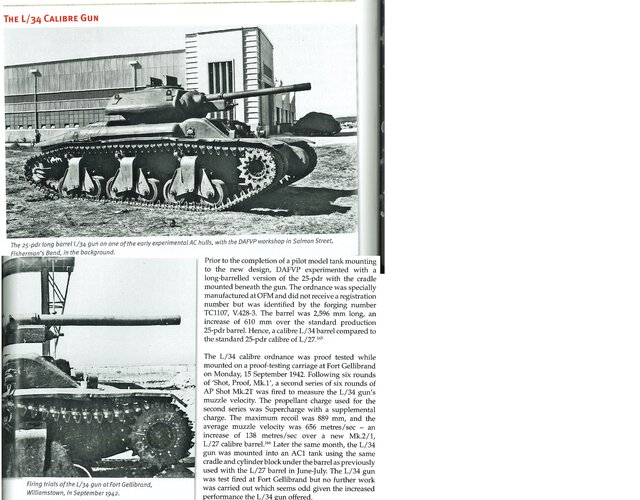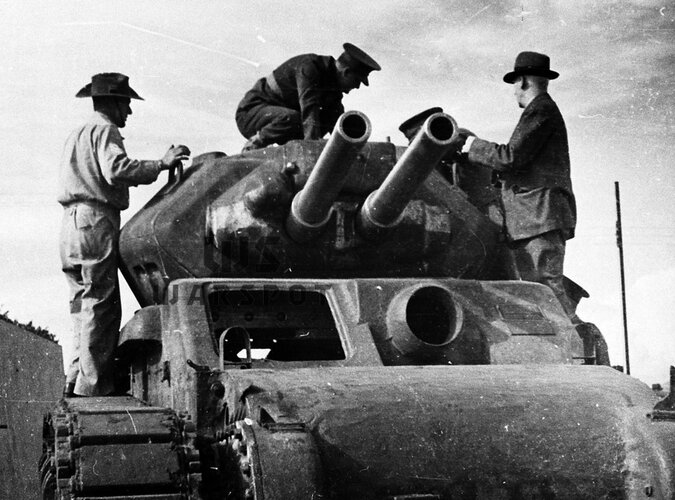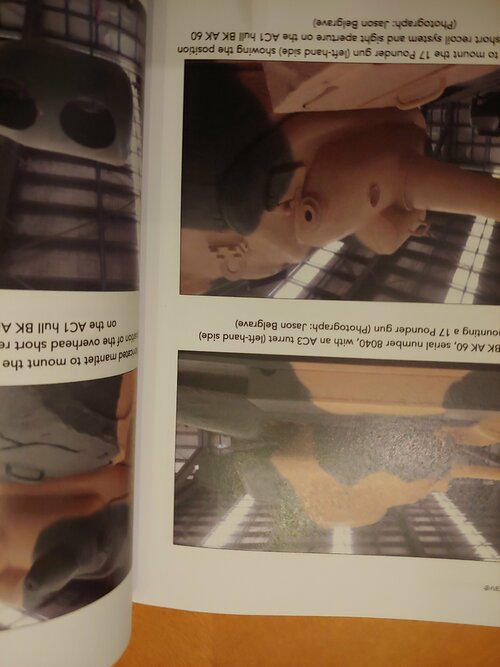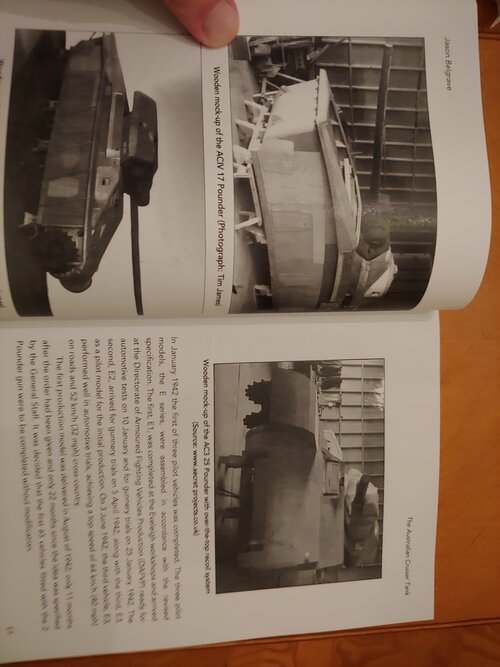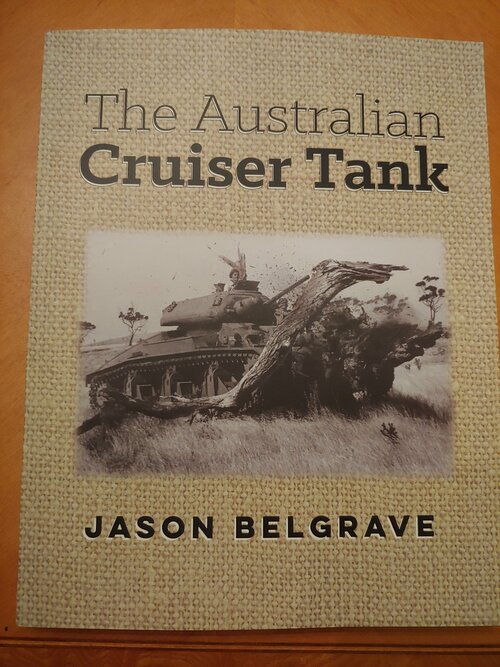The book "Fire! The 25-pounder in Australian Service has a nice section on the AC3 and had the following about a tested L/34 25-pdr that I had never heard about.
View attachment 666353
Good book, but I think a few of the numbers/descriptions in that section perhaps haven't survived metrication or translation that well? The 2596mm barrel length for example. The standard 25pdr gun barrel is about 2.5m, an additional 2 feet would take it to 3ish metres which looks about right for what's in the photos. Or put another way a 3.45" L34 barrel should be 2979mm long, once again 3ish metres. So the 2595mm length is too short for the full barrel length, could be meant to be length of rifling maybe?
The velocity increase is kind of correct but a little misleading in context, the 138m/s increase I believe is comparing the 25lb HE shell fired with super charge from the standard artillery piece (518m/s) to the 20lb AP shot from the L34 fired with supplemented super charge, which isn't entirely fair or perhaps even that useful. The AP shot for the regular length 25pdr tank gun does about 1900f/s or 580m/s, so at 656m/s the AP shot out of the L34 is "only" doing an extra 77m/s, and I would expect probably not worth the trouble of using three piece ammunition.
Still a good book, I'd have no problem recommending it, just not perfect. Well that's what I think, I mean I could be wrong, wouldn't be the first time.
You meant Yeramba, not Sexton, right?


